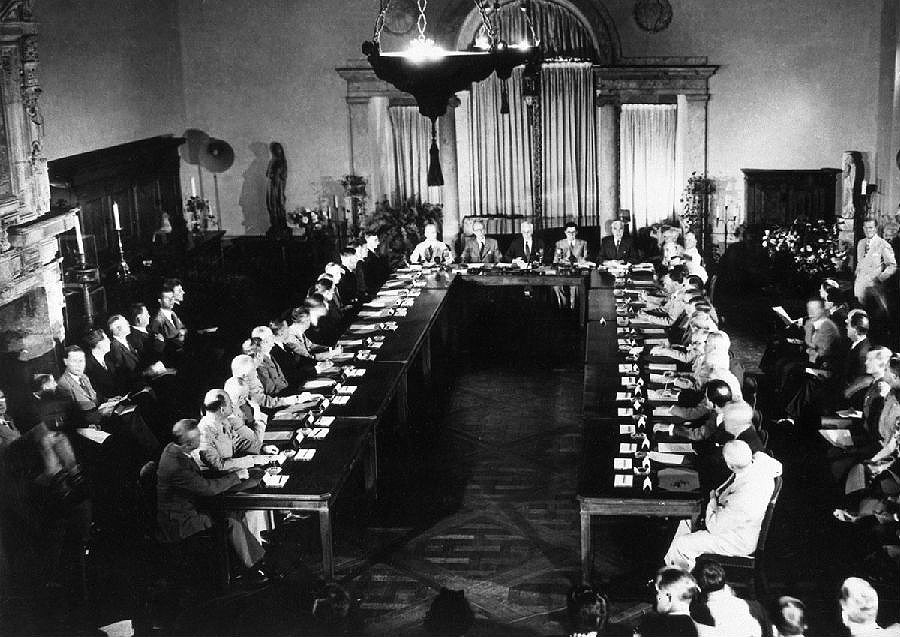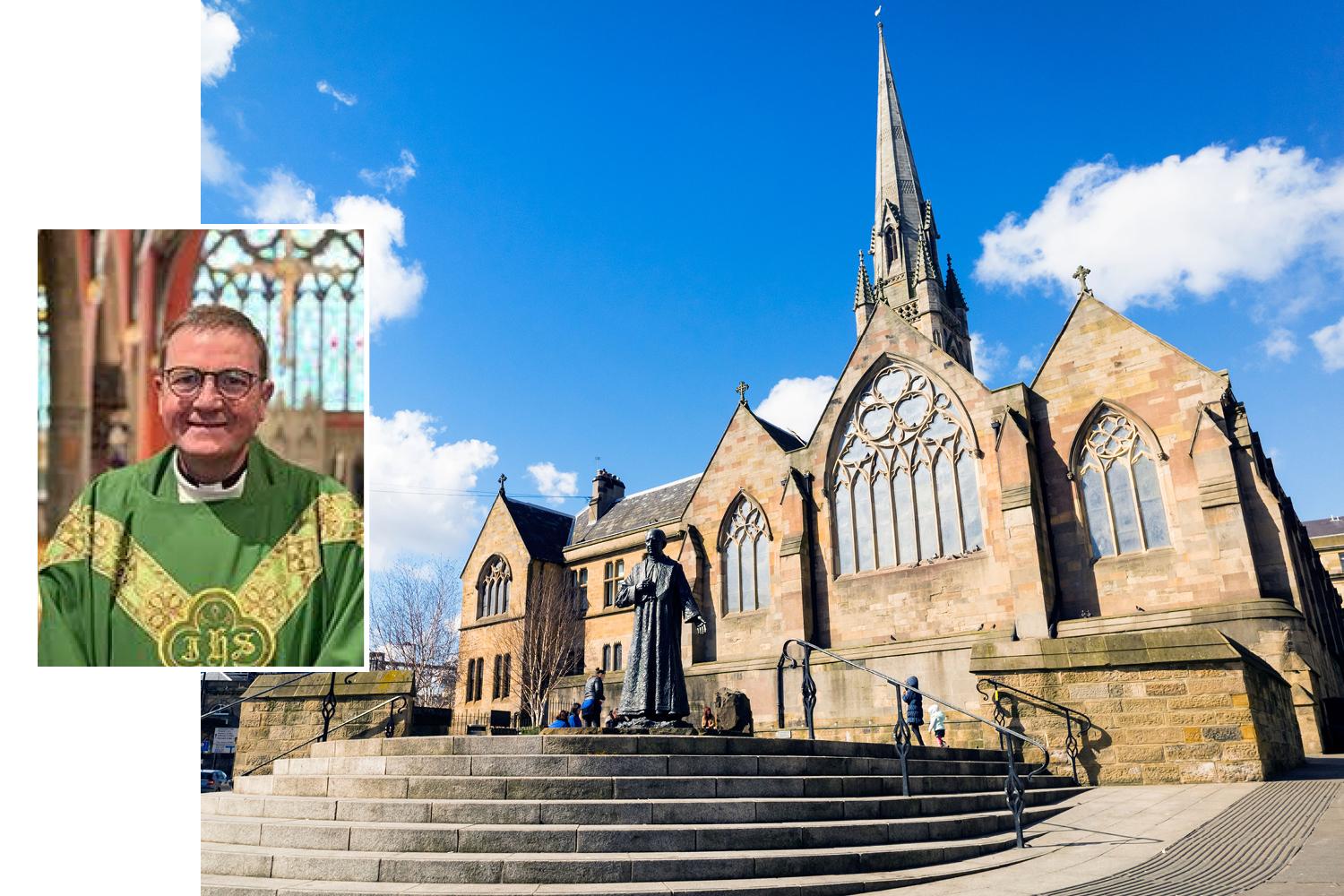Intrigued by the secrets of the Dumbarton Oaks Conference and how it shaped our world today? More on this below. Keep reading.
The Dumbarton Oaks Conference, officially known as the Washington Conversations on International Peace and Security Organization, stands as a pivotal moment in history. It laid the groundwork for what would later become the United Nations (UN). In this article, we delve into the significance, proceedings, and outcomes of this secret meeting that shaped the world’s future.
The Birth of a Vision: In the midst of World War II, the world sought a lasting solution for peace and security. The Dumbarton Oaks Conference emerged as a critical step towards realizing this vision. Delegates from four major powers – the United States, the United Kingdom, the Soviet Union, and China – discussed plans to create a global organization dedicated to upholding peace and security.
Key Figures and Setting: The conference was held at Dumbarton Oaks estate in Washington, D.C., a gracious venue made available by Robert Woods Bliss. Bliss’s generous donation in 1940 transformed the estate into a center for scholarly research in Byzantine studies, making it an ideal location for these crucial discussions. Sir Alexander Cadogan, Andrei Gromyko, Wellington Koo, and Edward Stettinius Jr. led the respective delegations.
Proceedings Behind Closed Doors: The American delegation wielded significant control during the conference, with the FBI monitoring delegates’ movements and intelligence agencies intercepting cable traffic. The atmosphere was not all business, as delegates relaxed at the Diamond Horseshoe nightclub and enjoyed Hollywood films presented daily throughout the city.
Challenges and Negotiations: The conference revolved around two critical issues. Firstly, it tackled the role of the Soviet Union within the new international organization, as initial plans hinted at American global dominance. Secondly, the conference grappled with the veto power of permanent Security Council members, with Stalin dismissing it as inconsequential.
Nelson Rockefeller’s Influence: While not a formal participant, Nelson Rockefeller played a significant role. He urged the FBI to relay reports to Stettinius and successfully pushed for Argentina’s inclusion in the UN despite its pro-fascist government, much to the dismay of some officials.
Goals and Outcomes: The proposed international organization aimed to:
- Maintain international peace and security.
- Foster friendly relations among nations.
- Promote international cooperation on economic, social, and humanitarian issues.
- Serve as a center for harmonizing the actions of nations.
On October 7, 1944, the delegates put forth preliminary suggestions to achieve these goals. The creation of the United Nations Security Council, invitations to prospective member countries, and the allocation of veto power were key topics. The only unresolved issues were the Security Council’s voting process and the Soviet demand to admit all sixteen former Soviet countries to the General Assembly.
Hot Take: So, next time you hear “Dumbarton Oaks,” don’t think it’s just a fancy name for a conference. It’s the epicenter where the United Nations was conceived, world peace was debated, and maybe, just maybe, where they decided whether pineapple belongs on pizza or not.
Free Speech and Alternative Media are under attack by the Deep State. Real News Cast needs reader support to survive. Please Contribute via GoGetFunding


